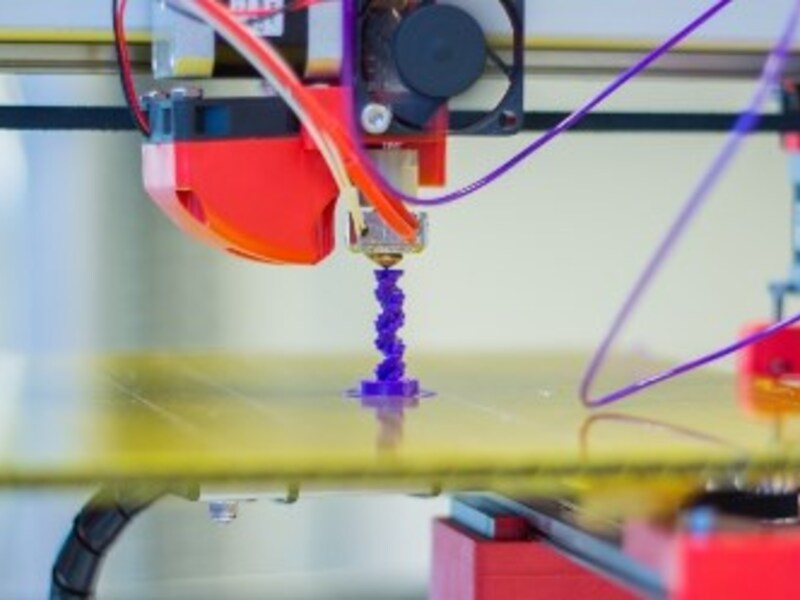
Article posted by
3D printing is on the rise. It’s a topic we keep hearing about, often in relation to some high-tech development that was unheard of a few years ago. The market for 3D printing is growing worldwide, but here in New Zealand, the field is growing rapidly. From animal implants to airline components, New Zealand is pioneering the way for 3D printing. Let’s explore how we are using 3D printing and what the future holds.
3D printers can make accurate scans of an existing object, meaning they can be replicated perfectly. Addictive layer manufacturing (ALM) is the basic technology behind 3D printing. It works by taking a computer-generated design and breaking the object into thin layers. The printer then makes the 3D object by spreading new layers on top of each other from the bottom up to the final product. For metal components, the 3D printer builds the object downwards.
New Zealand has already seen some great 3D printing creations. In 2013, Rapid Advanced Manufacturing in Tauranga created its first artificial dog jawbone, made from titanium. As a result, they managed to save the dog’s life, as it had been suffering from mouth cancer. Custom-made titanium has proven to be a good substitute for limbs as titanium is bio-compatible. The team at RAM continue to work on other animal implants, including leg and hip bones.
One of the biggest triumphs of 3D printing is that the customised designs are super-fast and expertly tailored to each individual. As recently as last year, RAM 3D printed part of a titanium human jaw bone, for an operation on a 32-year-old Australian. 3D printing’s potential for medical applications is huge. However, 3D printing for medical purposes is still in its initial stages. Eventually, manufacturers will have to figure out how to adapt 3D printers to handle different biological components and materials that can feel like actual skin and bone.
Air New Zealand is also producing 3D printed objects to use during flights. These components are being designed for its business class, and the airline has been working closely with Auckland University of Technology. 3D printed airline components would save time and money, and it comes with the added benefit of easy experimentation at very little cost. Air New Zealand has been working to produce its own cocktail trays using 3D printers. They’re starting simple, but plan to explore 3D printing further in the future. As they can produce high-quality components made from Titanium, this drastically reduces manufacturing time from months to days.
3D printing is also a hot topic in New Zealand’s construction circles thanks to researchers at Canterbury University. Associate Professor David Leung believes that soon his team may be able to produce supplies of timber by 3D printing living, natural cells. Compared to the normal plastic fibres used in 3D printing, Leung wishes to experiment with artificially grown tree cells. As sci-fi as it sounds, Leung and his team have received just over $250,000 in funding for the next three years work on the project, placing his idea very much in the realms of reality. 3D printed timber would be highly beneficial in terms of reducing tree-felling and deforestation. In addition, the new material may be able to withstand higher pressures and weights than traditional timber. It remains to be seen how far the research will go over the next three years, but the future of 3D printed timber may be an extremely bright one for New Zealand.
3D printing will continue to expand in several different industries. New Zealand has placed itself as an early proponent and leader in the world of 3D printing; a move that looks to be paying off, with the technology on course to completely revolutionise the way we make things.
We’re here if you need help defining a role or brief, specialist insight to help shape your ideas or expert help with your recruitment process. Just get in touch to arrange a conversation with one of the team or if you’re ready for us to find the perfect person for you, send us your brief.
If you’re looking for your ideal job send your CV to us to get started or search for the latest job vacancies and we’ll get the ball rolling.